A Horse For A Horch
Images: Graeme Cocks
One day in early 1934 (it could have been late 1933 too), the 17-year-old Maharajkumar of Bharatpur, Sawai Vrijendra Singh Bahadur, was entertaining his guest from far away Australia.
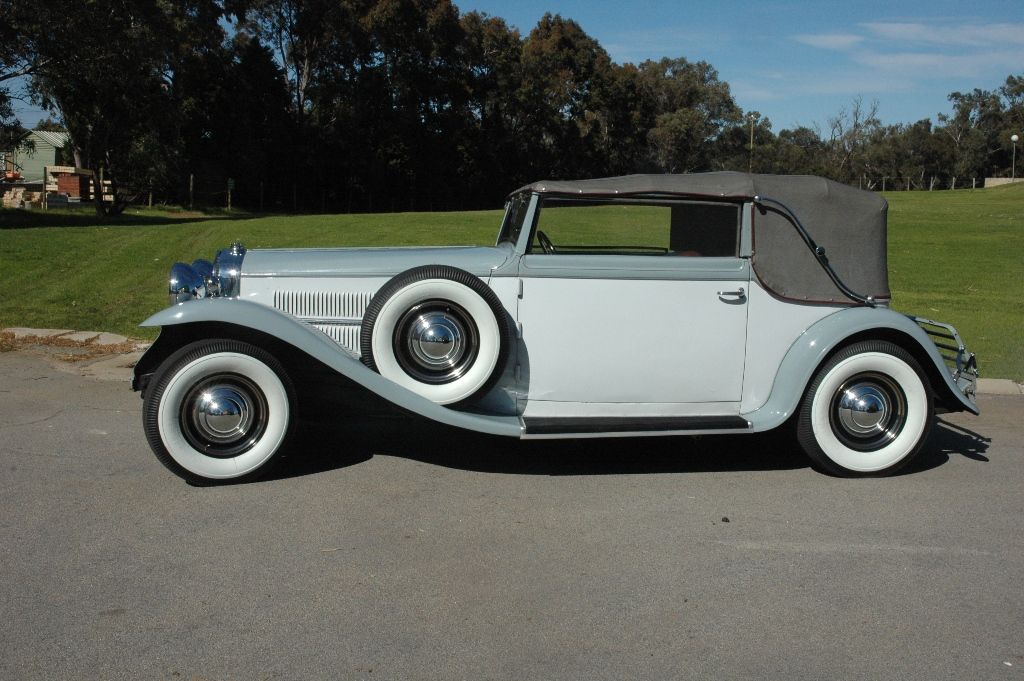
Melburnian Robert Gove was given a Purdey game gun, the finest that money could buy in those days, and as a bugle sounded and men started beating drums, frightening an enormous flock of geese to take flight, Gove took careful aim as the geese rose from the wetlands of the game sanctuary.
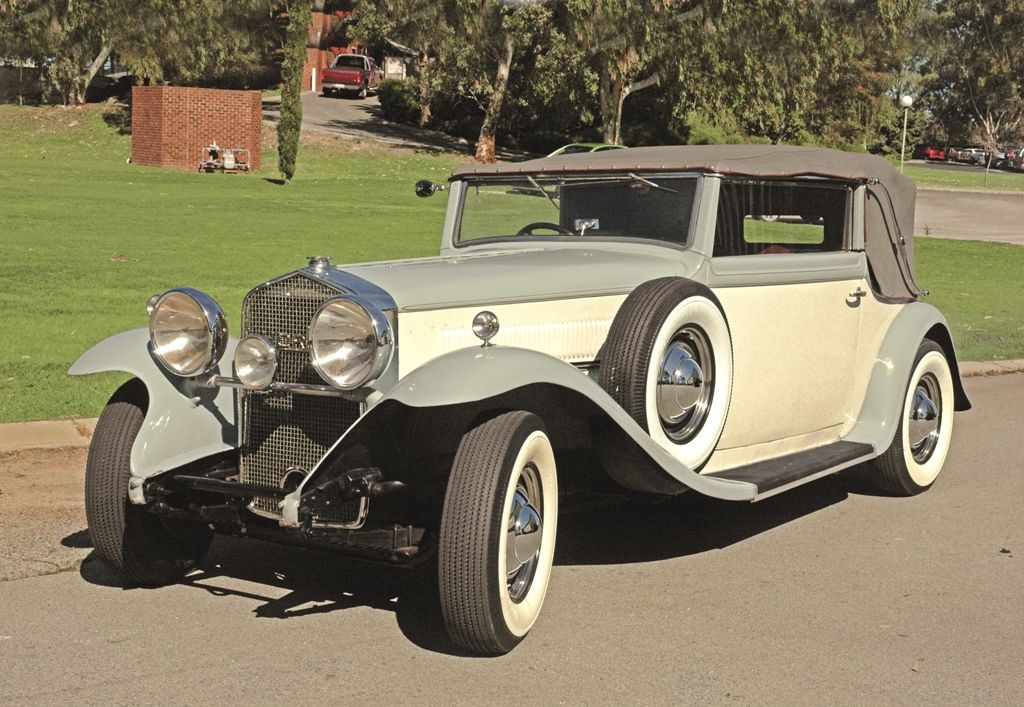
The shot was a good one, as it should have been, for a man who had spent the years of the Great War in Egypt and France with the Royal Flying Corps. A goose crashed to the ground, and then another. Gove changed guns and continued shooting. The Maharajkumar shot furiously too as his dogs bounded out into the shallows to collect the birds for the Maharajkumar’s helpers.
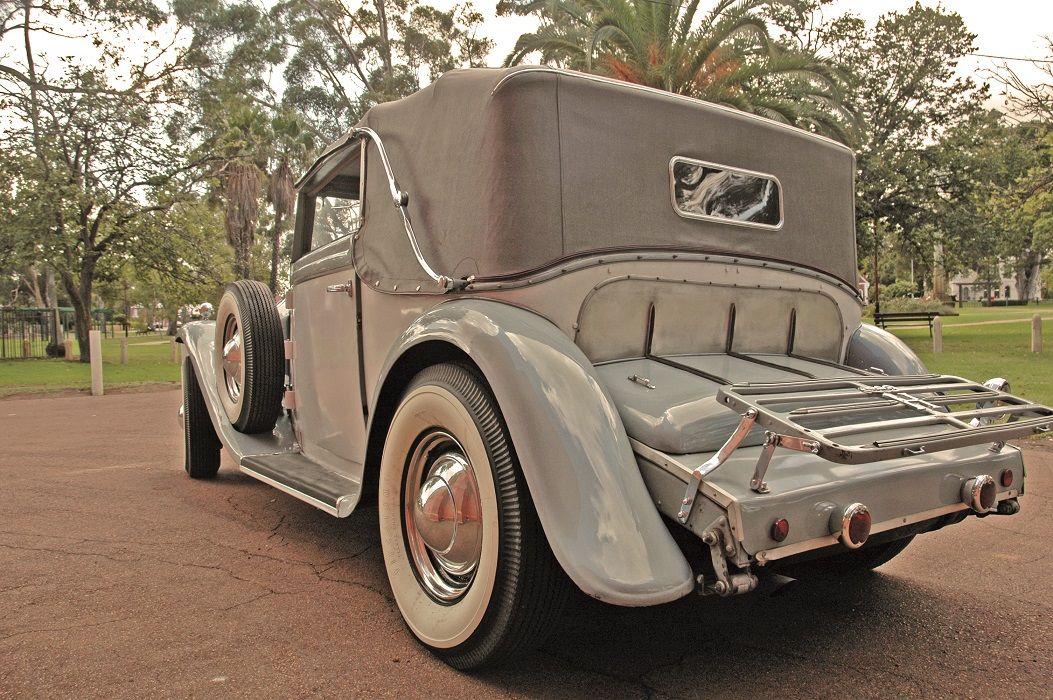
According to Australian automotive historian, writer and fellow deRivaz & Ives Magazine contributor, Graeme Cocks, the young Indian maharajkumar and the Australian were good friends, given that the two families had known each other for decades. It is possible that the shooting continued until dozens of waterbirds were floating in the lake to be collected and taken back to the palace, like every other time that the men went out for a shoot.
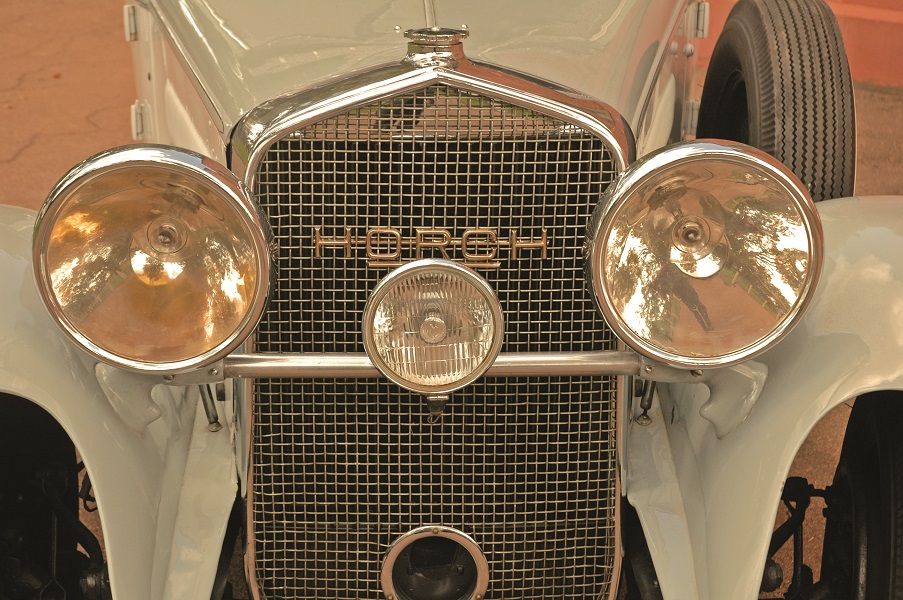
At the palace they may well have talked about the maharajkumar’s father Brajendra Sawai Kishen Singh Bahadur, who had died five years before in 1929 and had left his vast inheritance to his eldest son. They also may have talked about the maharajkumar’s grandfather, Maharaja Brijindar Sawai Ram Singh Bahadur Jang, who developed the vast wetlands for the private entertainment of his family and friends.
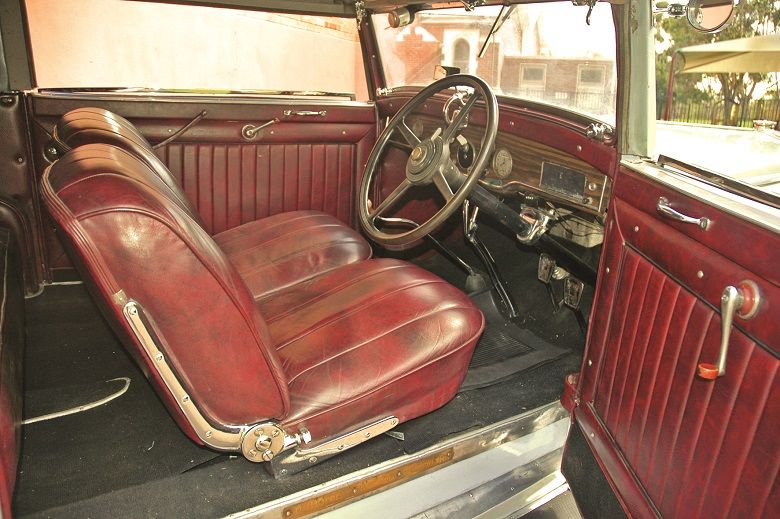
One of the Gove family members, Charlie Gove, was at one of the most famous hunts of all when the Prince of Wales (who later became, for a rather short period, King Edward VIII) visited Bharatpur in 1921 as part of a Royal Tour of India, confirms Cocks.
On the morning that the Prince of Wales visited Bharatpur, 1,721 birds were shot (including 64 by the prince and 73 by the maharaja)!
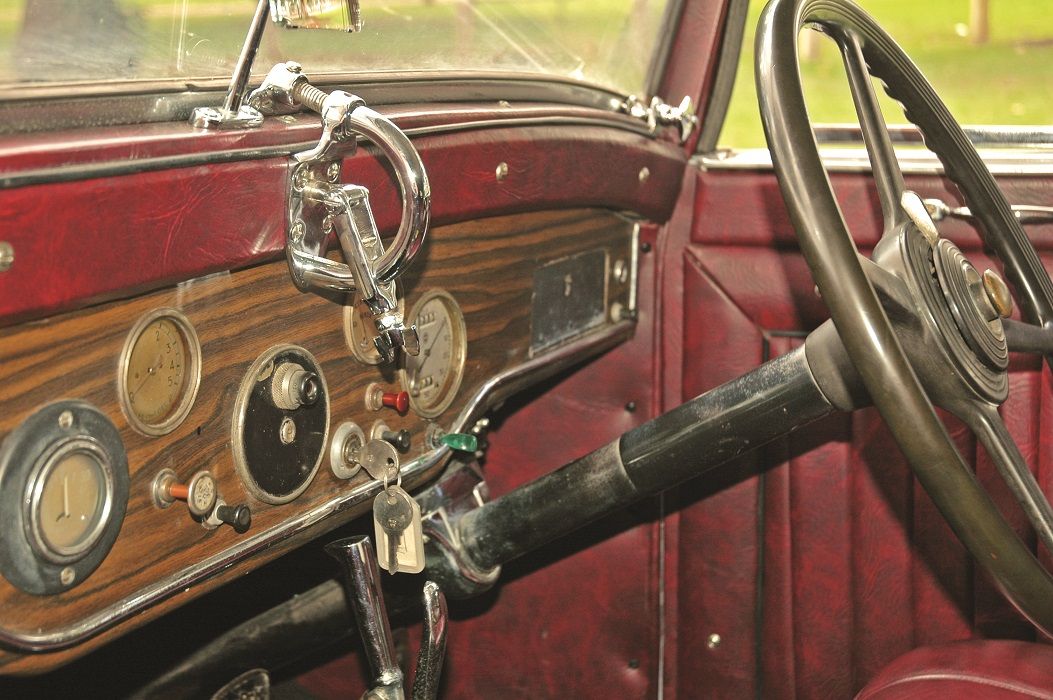
Charlie Gove downed 36 birds. It is difficult to imagine it today, but during his Indian tour, Prince Edward shot 30 tigers, six leopards, three bears, and 10 rhinoceroses as part of his total kill of 95 game animals!
But as this is a magazine about cars, we may as well add that the Bharatpur royal mews had as many as two dozen Rolls-Royces, including five smaller Twentys (with one specially equipped for tiger shooting specifically for occasions such as the one described above). The maharaja provided a fleet of luxury cars to transfer his guests from the palace to the wetlands.
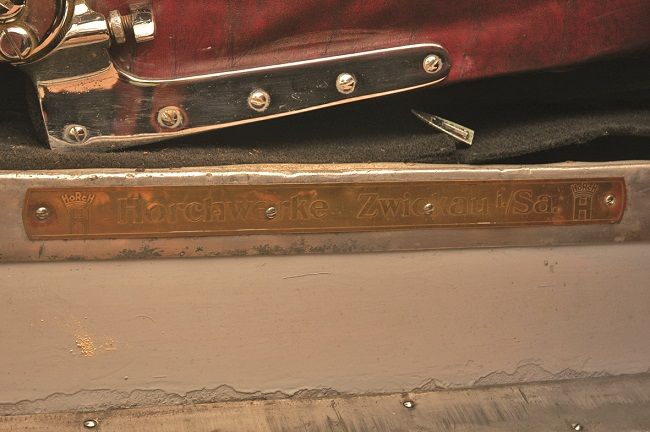



Vrijendra Singh’s father Kishen Singh, and Robert Gove’s father Julius Gove, and their families enjoyed a great friendship. According to Graeme Cocks, Julius Gove sold horses to the Indian Government and the Indian aristocracy for two decades before he passed away in 1922.
When the two men, the 17-year-old Indian prince and the Australian war veteran, returned to the palace it was time to talk some business just like the two families had done for decades. This time an unusual deal was struck. The details are sketchy today, but Cocks believes that the teenager and the veteran agreed to an arrangement which saw Robert Gove take possession of a 1931 Horch 480 from the maharajkumar’s garage as a gift or in part payment for a prize horse.
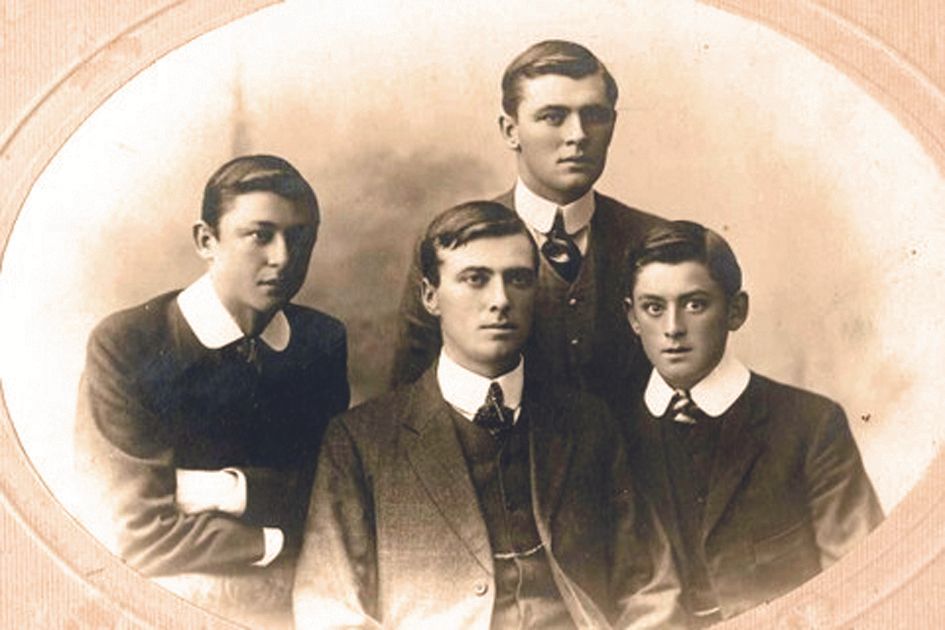
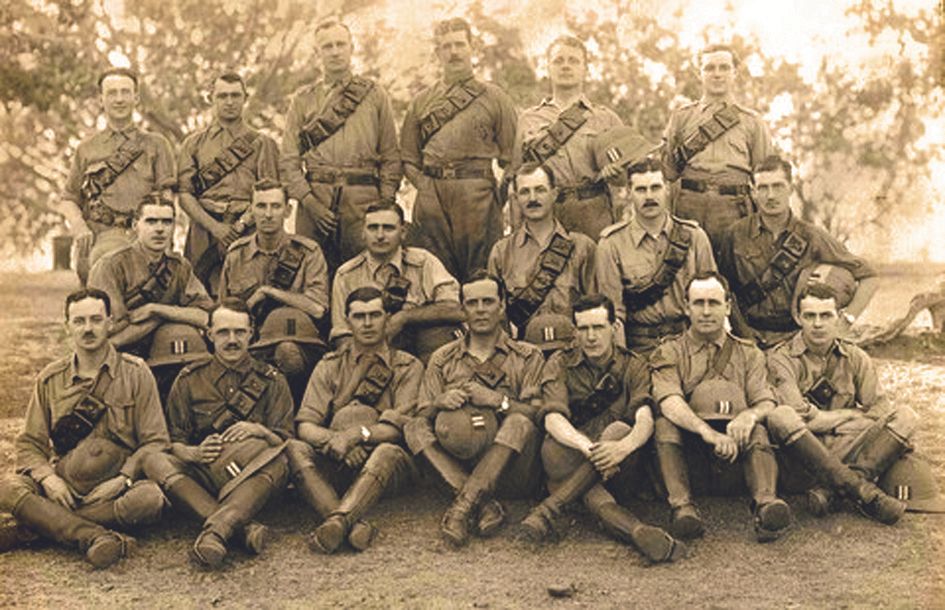
A flagship for the carmaker, which was then the premium product from the Auto Union group, the 480 was an extremely quick sports car, which was also very exclusive. The maharajkumar’s Horch was the 25th car built out of a total production run of 50-odd in its two-year production life, so even in the 1930s these were rare cars indeed. For that matter, cars from the Auto Union group were very rare in the subcontinent.
Boasting a 5-litre straight-eight, designed by Fritz Fiedler, the Horch 480 had an impressive max power of 100bhp, good enough to give the car a top speed of 135 km/h. The Horch factory at Zwickau became part of Auto Union in 1932 and the fabulous Auto Union race cars were built in the same factory as the maharajkumar’s Horch.
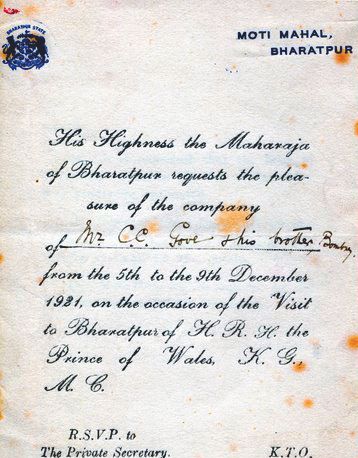
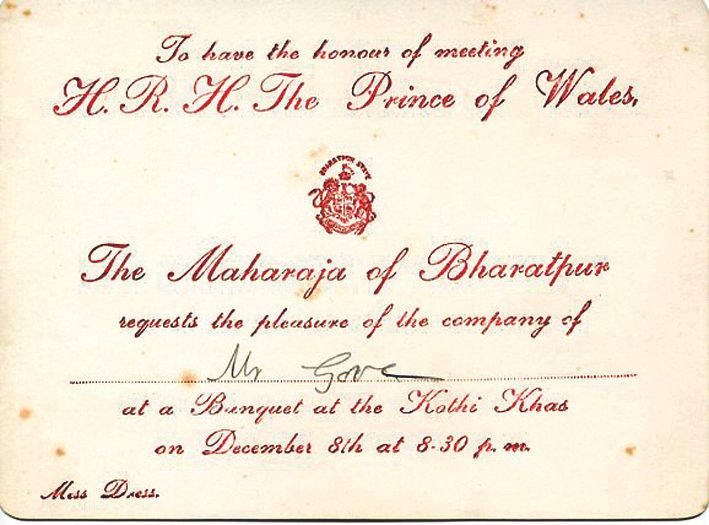
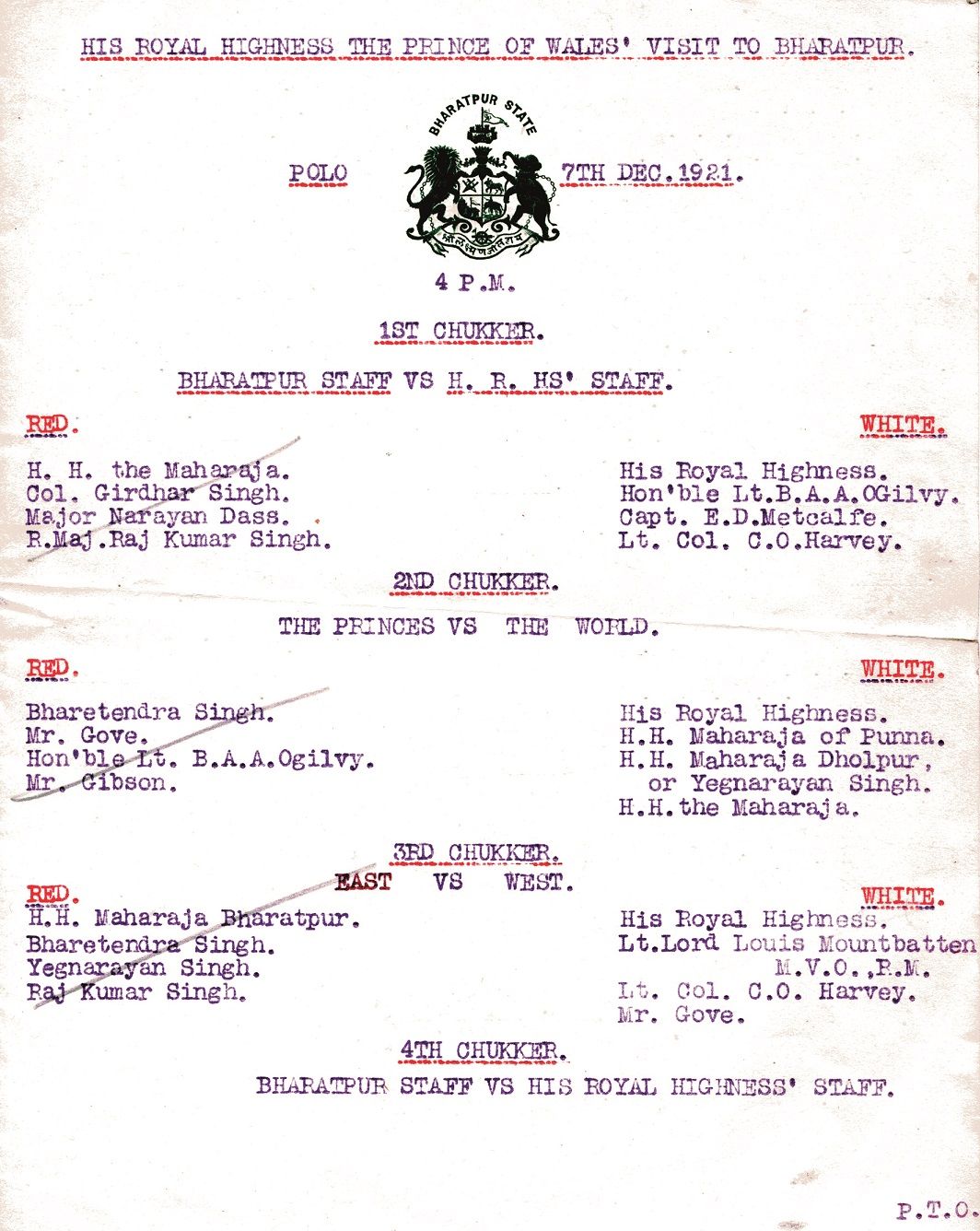

Robert Gove was no doubt excited to bring back to Australia such a rare and valuable automobile. The dark-brown Horch arrived in Melbourne and was registered in May 1934. According to Cocks the car created a sensation: “Australia had suffered through the depression years of the 1930s and luxury cars were few and far between. And even if American and British brands such as Cadillac, Daimler, Rolls-Royce and Packard were not an uncommon sight, a Horch was certainly rare. Sure enough, Robert Gove created quite a stir wherever he drove the car, his Indian man servant Mabu always at his side.”
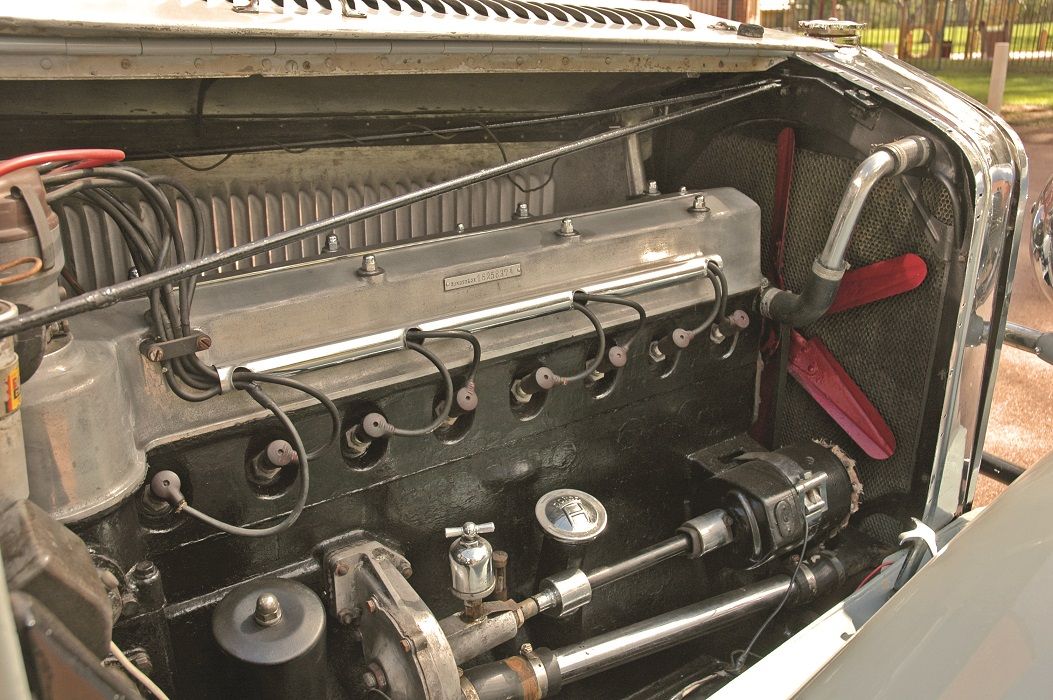
According to Cocks, in the early months of 1941, Robert Gove and his son William became the first father-son duo to enlist in Australia after the country declared war. As Cocks explained, “Robert Gove secured an administration job in the RAAF while his son became aircrew. Robert kept the Horch right though the war years. WIlliam was posted to a base in the Northern Territory in 1943. His Hudson bomber crashed, and he was killed and the air base was later named in his memory and the area was renamed as Gove Peninsula.”
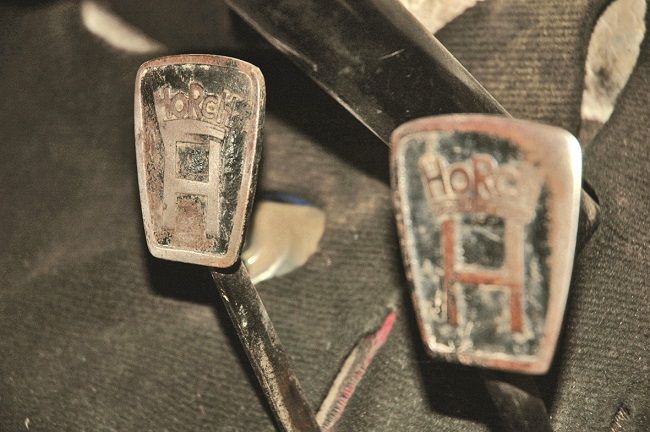
In 1945, Robert Gove was involved in an accident outside the Frankston Theatre, a well-known centre for cultural activities in Melbourne. The Horch was damaged and with the difficulty in getting cars repaired at that time, Robert bought an Austin Seven for transport. “When the war was over, he had the Horch repaired and he continued to drive it until August 1946 when it was sold,” says Cocks, “It passed through several owners and was later repainted to its present grey and duck-egg blue tones in the mid-1950s.”
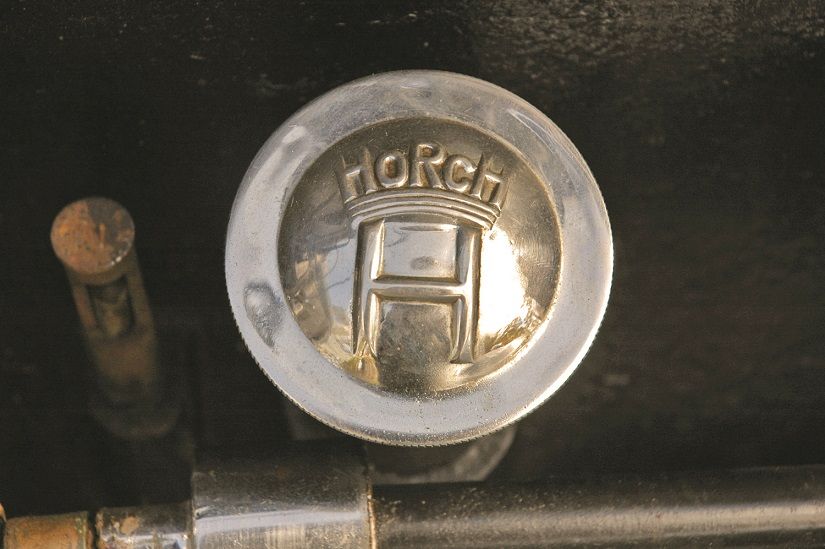
In the 1980s the Horch was acquired by the late Australian collector Peter Briggs, who added the car to his York Motor Museum, in Western Australia, and it remained a part of the collection until 2009, when it was sold to a private collector in New Zealand.
-With inputs from Graeme Cocks
Comments
Sign in or become a deRivaz & Ives member to join the conversation.
Just enter your email below to get a log in link.
